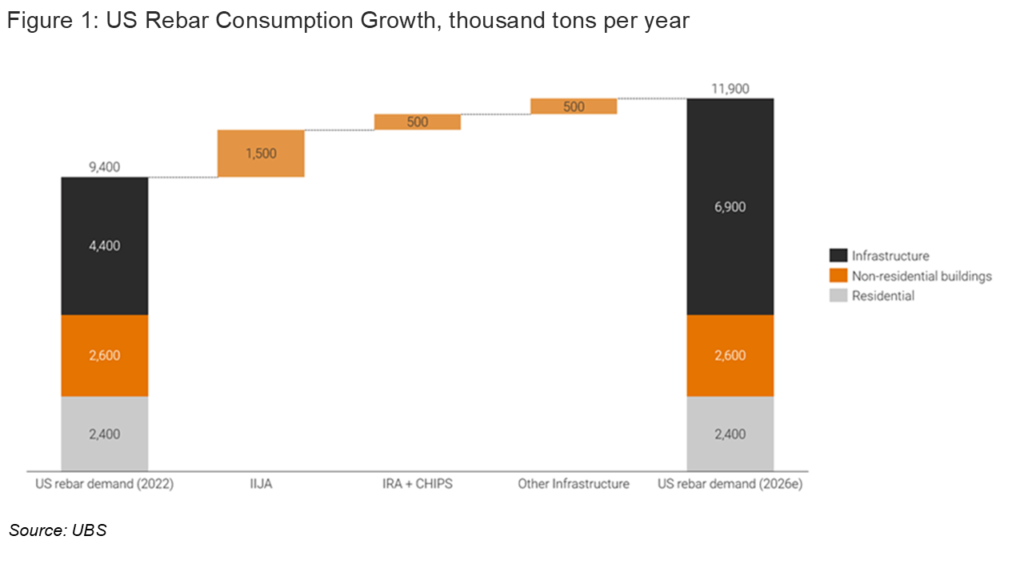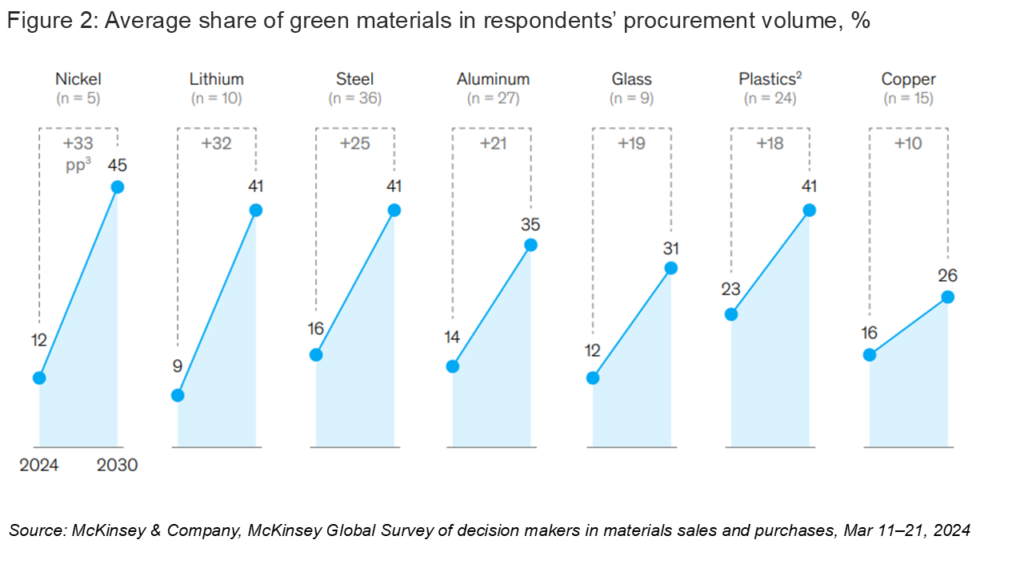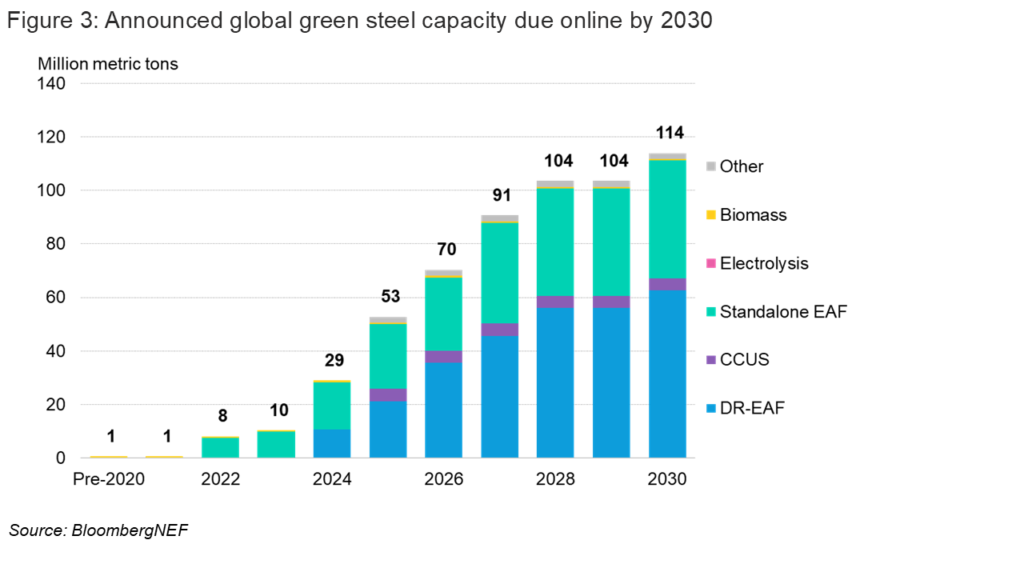DOWNLOAD
Submit the form below to continue your download
SUCCESS
Your download will begin shortly, if it does not start automatically, click the button below to download now.
DownloadBIO
Mr. William Sonneborn is President of Generate Capital. Before joining Generate Capital, he was the Senior Director at International Finance Corporation, overseeing investments in Disruptive Technologies, Creative Industries and Funds and on IFC’s management committee.
Prior to joining IFC, he was the President of EIG, a leading energy and infrastructure investment firm, and a member of its Investment and Executive Committees. Prior to joining EIG, he was a partner of Kohlberg Kravis Roberts & Co. and a member of KKR’s Management Committee. William served as CEO of KKR Asset Management as well as CEO and Director of KKR Financial Corporation, a publicly traded specialty finance firm. He also sat on the board of Nephila Capital, a $10 billion hedge fund that is one of the largest private tech-enabled reinsurance vehicles in the world. Prior to joining KKR, he was with the global investment firm TCW Group, Inc., most recently as President and Chief Operating Officer. Previously, he worked at Goldman, Sachs & Co. in New York and Hong Kong, where he focused on mergers & acquisitions. Mr. Sonneborn is a frequent speaker on sustainable infrastructure and technology opportunities. He has given keynote presentations at conferences such as Vivatech, CES, the Global Private Capital Conference and SuperReturn and has appeared on television, radio and in print on venues such as Bloomberg, CNBC, France24, The Financial Times, the Wall Street Journal and PEI. William graduated with honors from Georgetown University. He is involved with a variety of non-profit organizations, serving as a director or trustee of Georgetown University, Georgetown University Entrepreneurship Initiative, Lucile Packard Foundation for Children’s Health at Stanford University, the Global Private Capital Association and Chairman of the board of St. Albans School in Washington, DC.
How our latest investment helps mobilize the green steel market
The US iron and steel industry produced an estimated $110 billion of raw steel in 2023 and contributed roughly 2% of the country’s emissions (USGS, AISI). At nearly 100 million tons, the US steel industry is responsible for about as much emissions as New York City (EPA). Globally, steel production is responsible for almost 7% of total emissions.
Expert View By Bill Sonneborn
BIO
Mr. William Sonneborn is President of Generate Capital. Before joining Generate Capital, he was the Senior Director at International Finance Corporation, overseeing investments in Disruptive Technologies, Creative Industries and Funds and on IFC’s management committee.
Prior to joining IFC, he was the President of EIG, a leading energy and infrastructure investment firm, and a member of its Investment and Executive Committees. Prior to joining EIG, he was a partner of Kohlberg Kravis Roberts & Co. and a member of KKR’s Management Committee. William served as CEO of KKR Asset Management as well as CEO and Director of KKR Financial Corporation, a publicly traded specialty finance firm. He also sat on the board of Nephila Capital, a $10 billion hedge fund that is one of the largest private tech-enabled reinsurance vehicles in the world. Prior to joining KKR, he was with the global investment firm TCW Group, Inc., most recently as President and Chief Operating Officer. Previously, he worked at Goldman, Sachs & Co. in New York and Hong Kong, where he focused on mergers & acquisitions. Mr. Sonneborn is a frequent speaker on sustainable infrastructure and technology opportunities. He has given keynote presentations at conferences such as Vivatech, CES, the Global Private Capital Conference and SuperReturn and has appeared on television, radio and in print on venues such as Bloomberg, CNBC, France24, The Financial Times, the Wall Street Journal and PEI. William graduated with honors from Georgetown University. He is involved with a variety of non-profit organizations, serving as a director or trustee of Georgetown University, Georgetown University Entrepreneurship Initiative, Lucile Packard Foundation for Children’s Health at Stanford University, the Global Private Capital Association and Chairman of the board of St. Albans School in Washington, DC.
Last month, Generate announced a $200 million loan to reinforced steel producer Pacific Steel Group (PSG) that will help fund the construction of a new electric arc furnace micro mill in Kern County, CA (Bloomberg, Infralogic). Next week, construction for the project commences. As we prepare for the groundbreaking, we are exploring how the investment leverages creative financing and system-wide emissions reductions to help accelerate the transition to lower-carbon steel. We are also proud of the nearly 700 jobs our partners at Pacific Steel will create in the community.
The new steel mill has the potential to reduce the carbon intensity of using steel rebar in California by 85% through electrifying the processes, using clean electricity, and reducing transportation-based emissions. While those reductions will be significant, Generate and our partners at PSG are hoping to go even further, with the possibility of eliminating any emissions impact through an on-site carbon capture storage add-on. This project is more than just about producing green steel — it’s about paving the way for a future where our infrastructure reflects our commitment to rebuilding communities sustainably while setting standards for markets.
The project’s multi-pronged approach to reducing carbon serves as a model for how we should look at the decarbonization journeys of not just steel, but of other complex industrial projects. When we talk about creating viable, sustainable projects that help communities thrive, the conversation often focuses on a piece of technology. But these projects are complicated systems with opportunities for finding efficiencies and emissions savings in many parts of the project. Let’s dig in.
The State of Green Steel in the US
Steel products can be roughly divided into two types — flat products commonly used in automotive, construction, and appliance industries, and long products (such as rebar, and structural beams) typically used in construction, infrastructure, and manufacturing. Today, PSG buys rebar from steel mills outside of California, “furnishes” (i.e. shapes/assembles) the rebar into useful structures, and installs those products at projects.
US rebar consumption is on the rise, forecast to increase from 9.4 million metric tons per year in 2022 to 11.9 million in 2026 (UBS, Figure 1). Alongside increasing demand, a network of strong policies are working to ensure the increased demand is green. Several states, including California, Oregon, and Colorado, have passed Buy Clean policies that require public agencies to procure materials that meet embodied carbon limits in public works projects. Together, these policies could require procurement of ~600,000 tons or ~$36 billion of low-carbon rebar annually in the Western US by 2025 (CSRI).

The private sector is also motivated, building voluntary markets and expecting more of the materials they use in their projects to comply with their commitments to decarbonize. During Climate Week NYC 2024, North American members of the Sustainable Steel Buyers Platform launched a bidding process asking steelmakers to deliver 1 million metric tons per year of near-zero emissions steel by 2028 (Canary Media). Similar alliances such as the First Mover’s Coalition and SteelZero also exist alongside individual company efforts. In a recent survey, buyers expected the share of green materials in their procurement volume to increase ~2.5 times by 2030 (Figure 2). The policy obligations combined with the commitments of motivated and reliable customers make the sector deeply attractive to investors like Generate. When you combine that with partners who have demonstrated success at addressing the customer demand, like PSG, we believe the prognosis for the success of this market is incredibly strong.

Different Strategies for Decarbonizing Steel
So, how to decarbonize steel? A handful of ways exist, depending on the starting point. As mentioned, the US steel industry is clean compared to its global peers. In 2023, 68% of US steel was produced in electric arc furnaces (EAFs), compared to 45% in Europe and only 10% in China (World Steel Association). EAF operations tend to emit 75% less emissions than the more conventional steelmaking technology, Blast Oxygen Furnaces (Steel Manufacturer’s Association). For other countries, switching to EAFs is the clearest pathway to decarbonize and this is borne out in the data: 107 out of 114 million metric tons of announced global green steel capacity due online by 2030 is for EAF-based steel (Figure 3).

The high proportion of US production already coming out of EAFs means that decarbonizing US operations will require decarbonizing EAFs. Of the announced green steel capacity set to come online in the US by 2030, 50% will incorporate carbon capture technology, and 15% will be produced using hydrogen. These technologies, however, continue to have a premium over conventional steel.
What Makes PSG’s Steel Mill Different
In contrast, PSG’s project is expected to deliver substantial emissions reductions and establish a new benchmark for low-carbon steel production in the US, without imposing a green premium. It does this in two main ways:
- PSG plans to partially power the EAF by purchasing renewable power, including onsite solar power and excess wind capacity produced around Mojave, where the mill will be situated, complemented by solid state inverter technology to replace conventional furnace transformers. This not only aims to curb reliance on traditional power sources but also significantly lowers operational costs and aligns with the project’s environmental sustainability goals.
- The mill’s location in Southern California – near where its scrap is produced, and its rebar will be furnished and installed – will minimize both transportation-based emissions and freight costs. This marks significant emissions savings relative to the status quo, as there are currently no operating steel mills in California. Instead, scrap is transported out of state and all rebar is transported in from mills in neighboring states.
These decarbonization strategies demonstrate the impact of viewing carbon emissions and reductions opportunities holistically. Looking beyond a project’s core processes to ancillary components, such as its facilities’ operations and associated transportation needs, can yield significant emissions savings. PSG estimates that their new Mojave mill will be roughly 0.02 tCO2 / ton steel, compared to a US-wide average carbon intensity of 0.3 tCO2/t.
The project’s forecasted emissions would set a new benchmark for California’s Buy Clean policy, meaning PSG will receive priority on government projects and other steelmakers will be incentivized to minimize their own carbon footprints to compete. PSG and Generate also remain interested in installing carbon capture on-site, which would help expand adoption of the technology, but we are proud to be able to deliver significant emissions reductions even without it.
While the market case for these types of projects seems obvious, they still require financial creativity. That is the kind of deal that Generate has been doing for a decade: building impactful projects that are profitable but require creativity in their execution. Key to our approach is our flexibility in structuring deals, allowing us to work within existing capital structures while taking an innovative approach to underwriting.
We believe the project will set a new standard for clean steel production in the US while prompting other steelmakers to follow suit. What’s more, our decarbonization and financing strategies can be replicated to drive progress in other markets. As we look to decarbonize more industrial sectors, Generate and PSG’s steel mill project can serve as a blueprint for how creative capital can unlock market-wide sustainability.
More insights
Industrial Decarbonization: How Thermal Storage Can Electrify Heat at Scale
Investment in thermal energy storage has accelerated in recent years as technical progress and customer demand have improved project bankability. Since 2020, sector funding has grown and shifted toward later-stage investors, reflecting greater confidence in TES’s readiness for commercial deployment.
Read moreConsolidation: The Pathway to Enduring Impact
It is easy to be disoriented by the swing from exuberance to pessimism that has defined the clean energy sector in recent years. Yet these moments are precisely when opportunity is greatest. Beneath the headlines are clear indicators of tremendous potential in the U.S. energy transition. The challenge is to separate fundamentals from sentiment, to acknowledge and fix the mistakes that we have made, and to chart a path to scale rooted in discipline, operational excellence, and commercial reality.
Read moreMeeting load growth with clean, flexible power
In the wake of the One Big Beautiful Bill, load growth remains a clear and steady tailwind for renewable energy. Renewables remain the cheapest source of power and the quickest to install, ensuring a bright outlook for the industry despite the shortened available window for some tax incentives. Over the last twenty years, annual investment in renewable energy in the U.S. increased from $5 billion to $100 billion (BloombergNEF, 1H 2025 Renewable Energy Investment Tracker). Compelling economics and flexible demand has the potential to unlock even greater investment in the sector: powering new load with electricity that would otherwise be wasted boosts project economics, ensures quick access to power, and delivers system-wide benefits.
Read more
